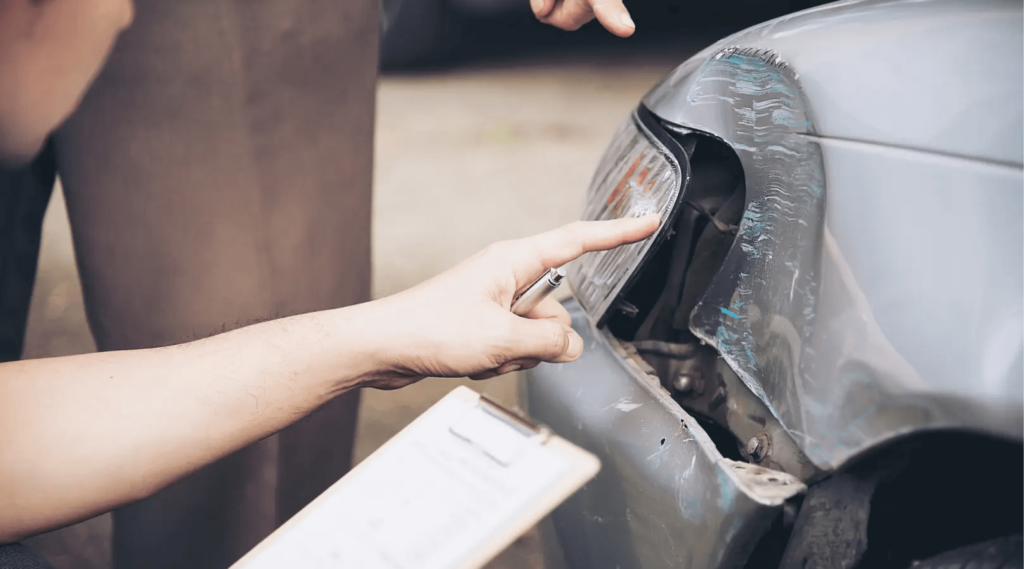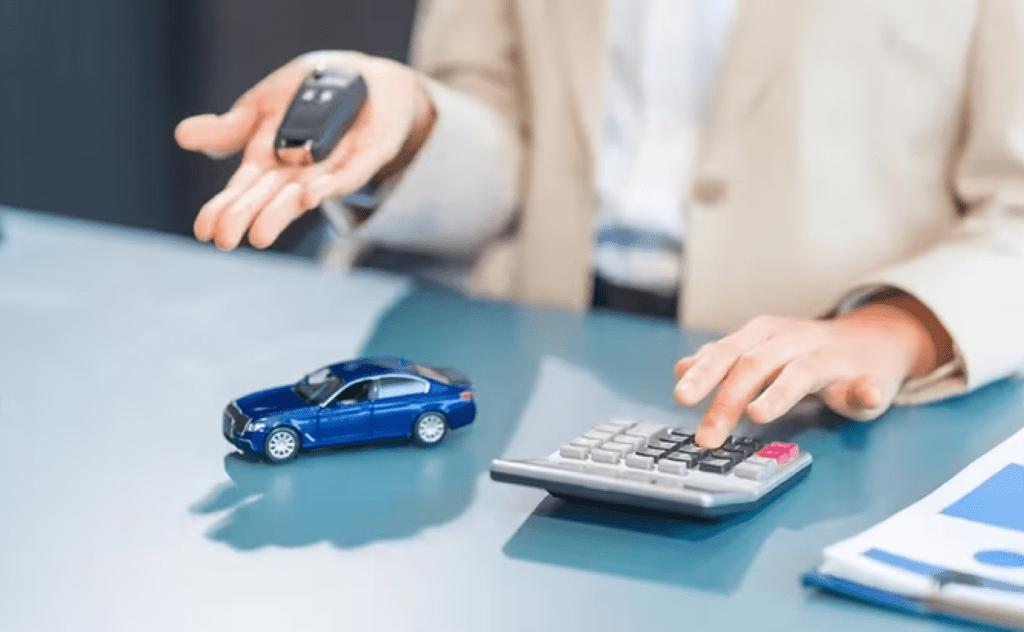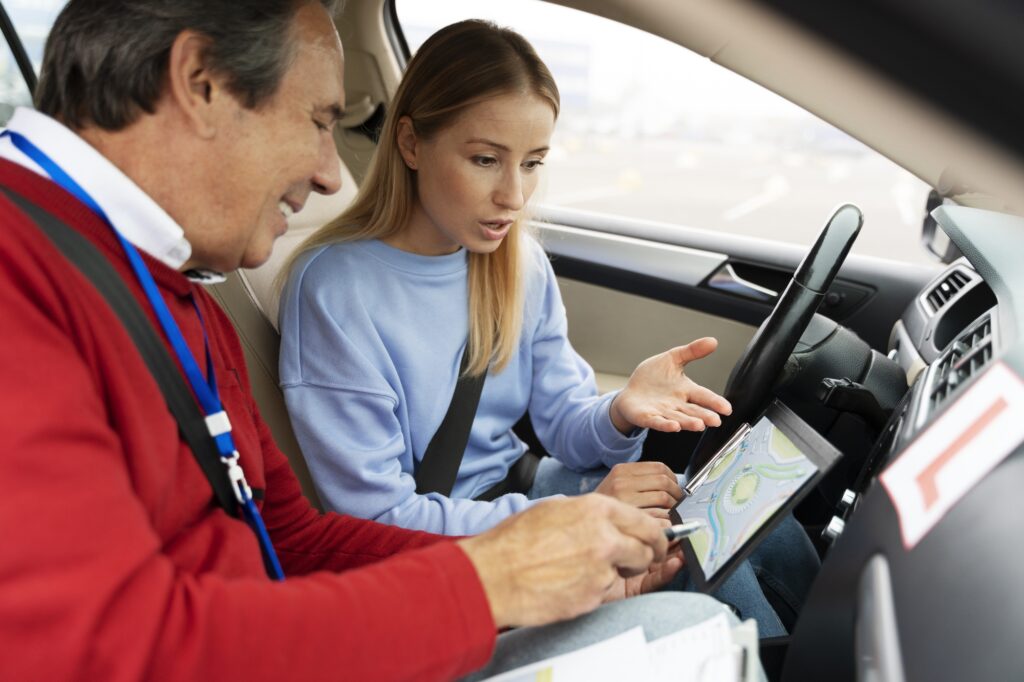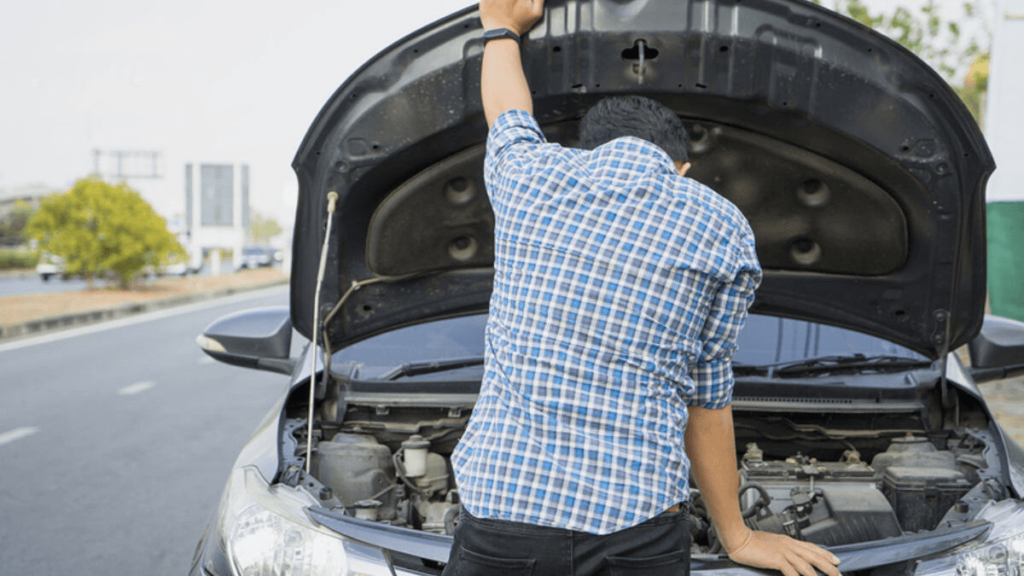Measuring Car Damage Size: Tools and Techniques for Accurate Inspections
Car damage assessment is a critical process in ensuring that vehicles are repaired correctly and that insurance claims are accurate. Measuring the size of the damage is a crucial aspect of this process. Whether you’re dealing with minor dents or significant structural damage, knowing how to properly measure the damage ensures a smooth claims process and proper vehicle restoration. In this guide, we will explore the various methods used to measure car damage, ranging from traditional tools to advanced AI-powered solutions.
Understanding Car Damage Measurement
Types of Vehicle Damage
Before diving into the methods for measuring car damage, it’s important to understand the types of damage typically encountered during an inspection:
- Surface Damage: This includes scratches, minor dents, paint chips, and other cosmetic issues.
- Structural Damage: Damage that affects the frame, suspension, or critical structural components.
- Mechanical Damage: Issues that affect the vehicle’s engine, transmission, or drivetrain.
Each type of damage requires a different measurement approach to accurately assess the severity and plan for repairs.
Why Accurate Measurement is Crucial
Accurate damage measurement plays a vital role in several aspects:
- Insurance Claims: Ensures that the insurance payout is fair and reflects the true extent of the damage.
- Repair Estimates: Helps mechanics and technicians estimate repair costs and time.
- Safety Assessments: Identifying structural damage is essential to ensure the vehicle’s safety post-repair.
Measuring Car Damage: Techniques and Tools
To assess the size and impact of the damage, several measurement techniques are employed. From traditional tools to modern digital solutions, each method provides different levels of accuracy and efficiency.
- Manual Measurement Methods
- Measuring Tapes: A straightforward tool for assessing larger surface areas like dents or scratches.
- Calipers: Used for more precise measurements of dents and other small damage areas.
- Rulers: A simple tool for measuring damage depth and length, particularly for minor issues.
While these tools are effective for small-scale inspections, they are limited in their ability to provide accurate readings for complex damage types.
- Digital and Laser Measurement Tools
- Laser Measuring Devices: These devices provide high-precision measurements by using laser beams to determine distances. Laser measurement is especially useful for assessing structural damage, such as frame misalignment.
- 3D Scanning: 3D scanners capture detailed images of the vehicle’s surface, allowing for a complete digital model of the car. This method is used to assess large or intricate areas of damage that may not be easily seen with the naked eye.
- AI-Powered Measurement Solutions
AI technologies have revolutionized car damage assessments. By analyzing images of the damaged vehicle, AI can quickly detect and measure the extent of the damage.
- Automated Image Analysis: AI systems scan photos or videos of a vehicle to detect and quantify damage, including scratches, dents, and structural issues.
- Predictive Analytics: AI tools not only assess the current damage but also estimate the potential future cost of repairs and the timeline for restoration.
AI tools are particularly useful for dealerships, insurance companies, and service centers looking to streamline the damage assessment process.
Tools and Equipment for Car Damage Measurement
- Specialized Measuring Gauges
Several specialized tools are available to ensure the highest level of precision in vehicle damage assessment:
- Dentstick: This tool is used in vehicle damage photography to measure the full height and scope of damage. It’s particularly useful for assessing dents and other minor surface damage.
- Tram Gauges: These gauges are used for measuring the structural dimensions of a vehicle, ensuring that any frame misalignment or suspension issues are accurately assessed.
- Software for Damage Measurement
Many companies use software to complement traditional measurement tools:
- Collision Estimating Software: These tools help calculate the cost of repairs based on the severity and size of the damage. They typically integrate with databases that contain pricing information for common repair jobs.
- Damage Detection Software: AI-powered tools that analyze images to detect damage and estimate its size and cost.
Best Practices for Measuring Car Damage
To ensure accurate and reliable damage measurements, it is essential to follow certain best practices:
- Document Damage Thoroughly: Always take multiple photographs of the damage from different angles. This provides a more comprehensive view and reduces the chances of missing critical damage.
- Calibrate Your Tools Regularly: Ensure that measuring instruments such as laser devices and calipers are properly calibrated to maintain measurement accuracy.
- Standardized Procedures: Using a consistent approach to measuring damage helps in maintaining uniformity and reduces human error.
Conclusion
Accurate measurement of car damage is essential for ensuring fair insurance claims, efficient repairs, and maintaining vehicle safety. By using a combination of traditional tools, digital devices, and AI-powered solutions, damage assessment can be done quickly and with high precision. Whether you’re a car owner, mechanic, or insurance agent, understanding the tools and techniques available for measuring car damage is crucial for getting the best results.
Frequently Asked Questions
The best tools for measuring car damage include measuring tapes, calipers, laser measuring devices, and 3D scanning technologies. AI-powered software is also becoming increasingly popular for its accuracy and efficiency.
AI assists by analyzing images of the car to detect damage and provide accurate measurements. It can identify even minor issues and predict the cost of repairs.
Accurate damage measurement ensures that insurance claims are processed correctly, repair costs are accurately estimated, and that the vehicle is restored to its original condition, especially for structural damage.
While AI is an excellent tool for improving efficiency and accuracy, it complements, rather than replaces, manual tools. A combination of both methods provides the most comprehensive damage assessment.



